The 5 Biggest Changes to UAE Tax Regulations You Need to Prepare for in [Next Year/Coming Years]
The UAE’s economic dynamism means its tax regulations are also subject to change. Waiting for updates can leave your business scrambling. Proactive tax planning isn’t just about current compliance; it’s about anticipating future shifts to maintain a competitive edge.
This guide highlights 5 potential significant changes in UAE tax regulations that businesses should be preparing for in the coming years.
By understanding these potential shifts now, you can strategically adapt your operations and ensure a smooth transition into the future fiscal environment.
Let’s dive directly into the details without wasting time.
Suggested read: Best corporate tax services in Dubai
List of potential changes to UAE tax regulations in future
Potential Change #1: Adjustments to the Corporate Tax Regime
While the UAE’s corporate tax regime is relatively new (introduced in June 2023), businesses should anticipate potential future adjustments.
Economic conditions, international tax developments (like the OECD’s Pillar Two initiative, which the UAE is already implementing for large multinationals in 2025 with a 15% Domestic Minimum Top-Up Tax), and the nation’s evolving strategic priorities could lead to changes in the standard 9% corporate tax rate for profits exceeding AED 375,000, the scope of taxable income, or the availability of exemptions (currently in place for specific entities like government entities and qualifying public benefit entities).
Implications: Such adjustments could directly impact your business’s profitability and necessitate revisions to your long-term tax planning strategies. For instance, changes in tax rates would directly affect your tax liability, while alterations to exemptions could bring previously untaxed income within the scope of corporate tax.
How to Prepare: The most crucial step is to stay informed. Regularly monitor official announcements from the Ministry of Finance and the Federal Tax Authority (FTA). Review your current tax structure and model potential scenarios based on different tax rate or scope adjustments.
Potential Change #2: Evolution of VAT Rules and Scope
While the standard VAT rate in the UAE has remained at 5% since its introduction in 2018, businesses should be prepared for potential future evolution of the VAT rules and its scope.
This could involve the expansion of VAT to currently exempt sectors (like certain financial services or real estate), changes in VAT rates for specific goods or services based on economic priorities, or updates to the complex rules governing input tax recovery. For instance, there could be further clarifications or adjustments to the treatment of Designated Zones or specific industries. Recent amendments to the Executive Regulation in March 2025, as highlighted by the FTA, demonstrate the ongoing refinement of VAT rules.
Implications: Changes to VAT rules and scope can directly impact your business’s pricing strategies, compliance procedures, and cash flow management. Expanding VAT to previously exempt sectors would necessitate new compliance obligations, while changes in VAT rates would require adjustments to pricing and invoicing. Updates to input tax recovery rules could affect the amount of VAT you can reclaim on your business expenses.
How to Prepare: Staying informed about official announcements from the Federal Tax Authority (FTA) is paramount. Regularly review FTA publications, public clarifications, and any amendments to the VAT law and executive regulations. Proactively assess how potential changes could impact your specific business operations and VAT processes.
Engaging with VAT experts like PROFITZ ADVISORY ensures you receive timely updates and can adapt your strategies accordingly.
Potential Change #3: Focus on Digital Economy Taxation – Web of Digital Taxes
The global trend towards taxing the digital economy is gaining momentum, and the UAE, with its burgeoning e-commerce sector and digital service providers, is likely to see increased focus in this area.
This could manifest as new regulations specifically targeting online platforms, digital services, and cross-border digital transactions. We might see discussions around the place of supply for digital services, the tax treatment of online advertising revenue, or even the implementation of digital service taxes similar to those being explored in other jurisdictions. The FTA has already issued guidance on the VAT treatment of electronic services, emphasizing the “place of enjoyment” rule.
Implications: New tax obligations could arise for businesses operating online, potentially impacting their pricing models, compliance requirements, and administrative burden. Online marketplaces might become responsible for collecting and remitting VAT on behalf of their sellers in certain circumstances.
How to Prepare: Stay abreast of international tax developments related to the digital economy and closely monitor any announcements or consultations from the UAE’s Ministry of Finance and the FTA regarding digital taxation. Assess the extent of your business’s involvement in e-commerce and digital service provision to understand your potential exposure to future regulations.
Engaging with tax advisors experienced in digital economy taxation will be crucial for proactive preparation.
Potential Change #4: Developments in International Tax Cooperation (e.g., Pillar Two) – A Global Taxing Shift
The UAE, as part of the OECD/G20 Inclusive Framework on BEPS (Base Erosion and Profit Shifting), is actively involved in international tax cooperation.
A significant development is the Pillar Two initiative, which introduces a global minimum corporate tax rate of 15% for large multinational enterprise (MNE) groups with consolidated annual revenues of at least EUR 750 million.
The UAE has already taken steps to implement this, introducing a Domestic Minimum Top-Up Tax (DMTT) effective from January 1, 2025, as outlined by the Ministry of Finance. This ensures that in-scope MNEs operating in the UAE will have a minimum effective tax rate of 15% on their profits within the country.
Implications: For large multinational groups operating in the UAE that fall within the Pillar Two threshold, the DMTT means that if their effective tax rate in the UAE is below 15%, a top-up tax will be levied to bring it to the minimum level.
This could significantly impact the tax liabilities of affected entities and necessitate a thorough understanding of the complex calculation rules. While the UAE has implemented the DMTT, it is still evaluating the implementation of the Income Inclusion Rule (IIR) and the Undertaxed Profits Rule (UTPR), the other charging mechanisms under Pillar Two, which could have further implications for UAE-headquartered MNEs with operations in low-tax jurisdictions.
How to Prepare: If your business is part of a large multinational group, it’s crucial to understand the Pillar Two rules and the UAE’s DMTT legislation. Assess your group’s potential exposure by calculating the effective tax rate of your UAE entities.
Engaging with tax advisors experienced in international tax and Pillar Two regulations, like PROFITZ ADVISORY, is essential to navigate these complex rules and ensure compliance.
Potential Change #5: Amendments to Free Zone Tax Regulations – Fine-Tuning the Free Zone Advantage
UAE’s free zones have historically offered significant tax advantages. 1 With the introduction of corporate tax, a qualifying free zone person can benefit from a 0% corporate tax rate on qualifying income. However, the definition of “qualifying income” and the conditions to meet the “qualifying activities” criteria are subject to interpretation and potential future amendments or clarifications.
As the corporate tax regime matures, the FTA may issue further guidance to ensure consistent application and prevent unintended exploitation of the rules. We might see more specific definitions of qualifying activities or stricter documentation requirements to substantiate the tax-exempt status. Given the strategic importance of free zones to the UAE’s economy, any amendments will likely aim to balance attracting investment with ensuring fair taxation.
Implications: Possible adjustments to the definition of qualifying income or activities could impact the tax-exempt status of some free zone entities. Increased scrutiny on documentation and substance requirements might necessitate changes in how free zone businesses operate and maintain records.
How to Prepare: Businesses operating in UAE free zones should closely monitor official guidance and clarifications issued by the FTA regarding corporate tax. Regularly review your activities and income streams to ensure they continue to meet the qualifying criteria. Maintain meticulous documentation to support your claim for the 0% tax rate. Seeking expert advice specific to free zone tax regulations is crucial to maximize benefits and ensure ongoing compliance.
Is your free zone business positioned to maximize its tax advantages while staying compliant?
Conclusion: Future-Proof Your Finances - Proactive Tax Planning is Key
The UAE’s tax landscape is dynamic, and staying ahead requires proactive planning. While the exact nature of future changes remains to be seen, understanding potential shifts in corporate tax, VAT, digital economy taxation, and free zone regulations is crucial for long-term success. By monitoring official announcements and seeking expert guidance, your business can adapt strategically and avoid potential disruptions. Don’t wait until it’s too late. Prepare your business for the future of UAE tax regulations.
Contact PROFITZ ADVISORY for proactive guidance today!








